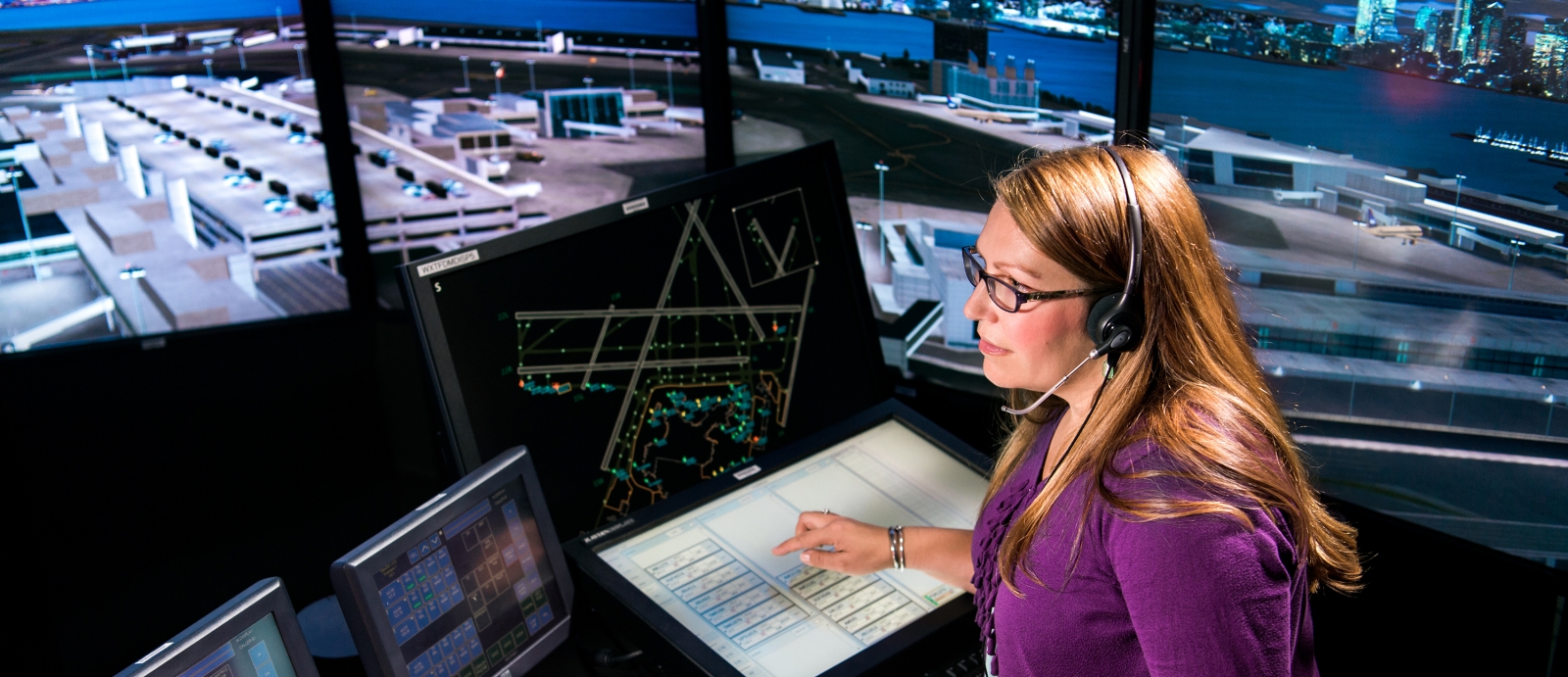One environmental impact of aviation that I have chosen to focus on is carbon emissions. The aviation industry is a significant contributor to greenhouse gas emissions, which contribute to climate change. According to the International Air Transport Association (IATA), aviation accounts for about 2% of global carbon emissions, and this is expected to increase as air travel continues to grow.
The primary source of carbon emissions in aviation is the burning of fossil fuels, such as jet fuel. When these fuels are burned, they release carbon dioxide and other greenhouse gases into the atmosphere, trapping heat and causing global temperatures to rise. This, in turn, can lead to severe weather patterns, rising sea levels, and other environmental impacts.
To mitigate the environmental impact of aviation, several strategies can be employed. One such strategy is to improve the fuel efficiency of aircraft. This can be achieved through the use of more fuel-efficient engines, lightweight materials, and improved aerodynamics. The IATA has set a target of improving fuel efficiency by 1.5% annually between 2009 and 2020, and several airlines have made progress towards achieving this goal.
Another strategy is to promote the use of sustainable aviation fuels (SAFs). SAFs are made from renewable sources, such as plant oils, municipal waste, and agricultural waste. These fuels can reduce carbon emissions by up to 80% compared to traditional fossil fuels. Several airlines have already begun to use SAFs on some of their flights, and the industry aims to scale up the production and use of these fuels in the coming years.
A third strategy is to improve air traffic management and reduce congestion in the skies. This can help reduce the amount of time planes spend in the air, which, in turn, can reduce carbon emissions. The use of more direct flight paths and better coordination between air traffic control centers can help achieve this goal.
In conclusion, carbon emissions from aviation are a significant environmental impact that needs to be addressed urgently. Employing strategies such as improving fuel efficiency, promoting the use of sustainable aviation fuels, and improving air traffic management can help mitigate this impact. It is essential for all stakeholders in the aviation industry to work together to reduce carbon emissions and promote sustainable aviation practices.
